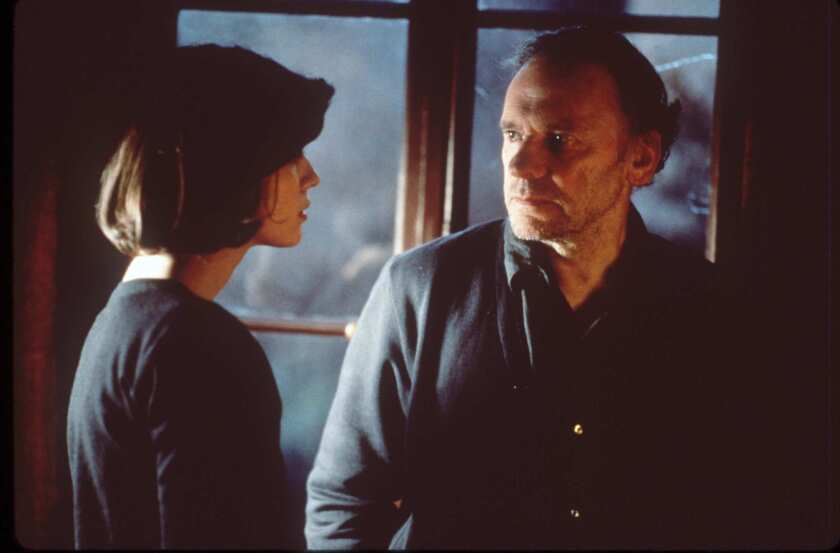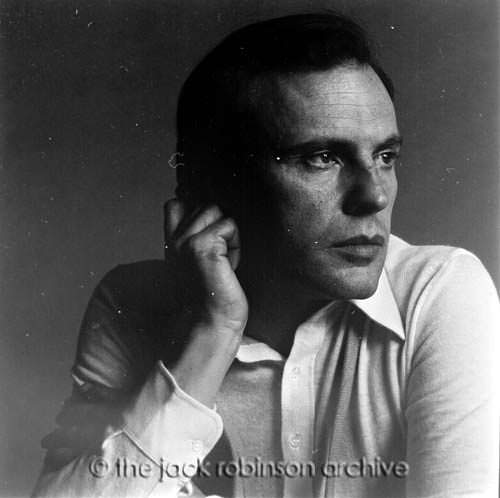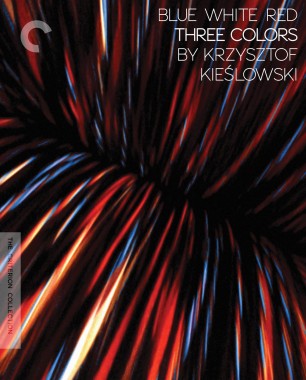Talk about a legend from the old school. Jean-Louis Trintignant was already a big screen hall of famer before I even knew about him, but my first (and favorite) movie of his remains one of my all-time desert island flicks — of which, more presently.
(A great write-up on his long and stellar career, courtesy of The New York Times, here.
Excerpt:
Mr. Trintignant seemed to specialize in playing the flawed Everyman and revealing his characters’ depths slowly.
“Jean-Louis Trintignant has been, for better than half a century, one of the great stealth actors of the movies,” the critic Terrence Rafferty wrote in The New York Times in 2012. “He knows how to catch an audience unaware.”
The occasion was the release that year of Michael Haneke’s “Amour,” which went on to win the 2013 Academy Award for best foreign-language film. In a starring role for the first time in the millennium, Mr. Trintignant, by then nearly blind, portrayed a frail old man caring for his dying wife, played by Emmanuelle Riva — “two titans of French cinema,” Manohla Dargis wrote in The Times — in a film that is both a love story and a stark examination of illness and mortality.
It was the capstone to a rich career playing a gallery of characters who were rarely glamorous.)
I was very happy, in 2010, to celebrate the Criterion Collection enshrinement of Three Colors, Krzysztof Kieslowski’s masterful trilogy that turned out to be his last work before dying at 54. That essay, Human Connections, Missed Connections, Chance Connections: ‘Three Colors: Blue, White, Red, is below.
Words need not be minced here: the Criterion Collection treatment of Krzysztof Kieslowski’s trilogy is an essential, if overdue cultural event. The high-definition digital restorations are reason enough to rejoice; the bounty of extra material is a genuine feast for ravenous film fanatics. Along with the now-obligatory commentaries and making-of features (always worthwhile, here revelatory), we get video essays, documentaries, interviews, short works by the director and an accompanying booklet that is both informative and lustrously packaged. This is, without question, the DVD reissue of 2011.
For those uninitiated, the colors, taken from the French flag, and the number three figure prominently throughout the films on the literal levels, obviously, but they resonate on subtle levels, as well. Three films, three locations (Paris, Warsaw, Geneva), three exquisite actresses (Juliette Binoche, Julie Delpy, Irene Jacob), three concepts taken from the French Revolution: liberty, equality, fraternity.
Taken individually, each film succeeds spectacularly—and in spectacularly separate ways—as a standalone work. Being a trilogy, filmed at a superhuman clip between 1992 and 1994, the thematic concerns and not-so-random coincidences add up and interact in ways that still exhilarate even—or especially—after multiple viewings.
The single theme threading these three works is the act of connecting. Human connections, missed connections, chance connections and the types of inscrutable flukes that invoke both fate and faith. The colors that give the films their titles are utilized in myriad ways to comment on the connections and coincidences these characters experience.
In Blue (1993) events unfold in sudden and shocking fashion: there is a car accident and Julie (Binoche) awakens in a hospital to receive the news that her husband and young daughter have both died. This level of grief is almost incomprehensible; in Julie’s case, it’s even worse. Her husband was a famous, beloved composer, so there will be reporters—and their questions—to contend with. Worse still, a question she declines to answer: Is it true you wrote your husband’s music?
Suffice it to say, a script or an actress not up to the challenge would make a farce out of such forceful material. Thankfully, this is the role Binoche was born to play: her fragile beauty and approach (she manages to be minimalistic and naturalistic) are uncannily affecting; she does not disappear into her character so much as she succumbs to it and the demands it places on her.
White (1994), an anti-romance of sorts, is the lightest—and slightest—entry in the trilogy. The use of color, so easily conveyed in the frozen Warsaw winter, is perhaps the least subtle as well, but the simplicity itself provides its own commentary. In fact, there is considerable nuance within the ostensibly straightforward story. If Blue deals with a curious kind of liberty, White grapples with the notion of equality. In both cases, the concepts focus on the personal rather than the political, although the troubled relationship depicted in White functions as a clever social and political commentary. The failed marriage between Karol (Zbigniew Zamachowski) and Dominique (Julie Delpy) is, in some regards, merely the delivery device for what is in actuality a tribute to Kieslowski’s Poland; the real love story—in the script and on the screen—is between the director and his country.

For example, one does not know exactly how to interpret the ending of White (which, on its own, works: the lack of explicit closure provides an enigmatic sort of grace); by the time the final seconds of Red unfurl we understand fully what happened and what is going to happen. At the end of each story, we see a close-up of the protagonist: on each face there is a tear and a smile. How is this possible? Or, how is it possible that this is neither forced nor affected? Any viewer is presented with ample justification for how such an audacious and potentially cloying strategy is executed.
Certain films don’t require a plot summary; you’ve either seen them or you should see them. With a film like Red we should dispense with matters of whether it’s worthwhile and assess the rarefied air into which it elevates itself. How many movies have you seen, or even heard about, that you could say are perfect? Every shot, each character (both the construction and casting), the soundtrack, the story, what makes it to the screen and what is intentionally left off? Red richly embodies the special potential that cinema can attain: incorporating music, literature (the script), image and action, the endeavor is at once an approximation of life and something more. It is artifice, but like the best creation, it functions as a reflection on existence and a sort of paradigm to which we might aspire.
Kieslowski, in other words, succeeds entirely on mere artistic levels, but his recurrent themes of compassion, connection and reconciliation achieve a synthesis so fully realized as to seem transcendent. Transcending what, exactly? The limitations of the medium and the limitations of our imaginations and ability to conceive liberty, equality and fraternity in ways not reliant on superstition or dogma. Ultimately Kieslowski, who eschewed explicit political and religious tautology, is making a case for faith that is wholly human—and humane.
“I feel something important is happening around me,” Valentine (Irene Jacob) confesses to her new confidante and friend, the retired judge (Jean-Louis Trintignant). “And it scares me.” The judge says nothing at first, but takes her hand softly in his. “Is that better?” Her response, a smile, confirms the positive connection that has restored both of them. It’s also the crucial moment missing in each of the films up until now: finally, after disappointment and disillusionment, we see two very different people who are able to support and encourage one other. Although something miraculous does indeed seem to be afoot, it is this very simple, human gesture that suggests a more profound solidarity.
The events that follow, set in motion by a violent storm—making earlier, subtle allusions to Shakespeare’s The Tempest more explicit—represent an epiphany within an epiphany regarding the nature of the judge, God and the director, all of whom may be the same entity within this film and the entire trilogy. It practically goes without saying that each film also functions as an ongoing commentary on the act and process of creation—and the relationship between art and artist.
(Spoiler alert: if you’ve not seen this film, I cannot recommend it more enthusiastically; it will change your life. And it all builds up to this scene, one of the best endings in cinema history.)
After completing this project, Kieslowski was understandably exhausted. He announced his retirement from filmmaking, but within a year was already contemplating a new trilogy (based on Heaven, Hell and Purgatory—proof that Kieslowski was incapable of thinking small). Sadly, he died before he had the chance to see that project, and subsequent ones, through. Although he died entirely too young (at 55) and it’s alluring to contemplate how much more profundity he might have offered us, there isn’t quite the sense of sorrow we feel with other premature losses. What more, in the final analysis, could Kieslowski have done? What more did he need to do?


